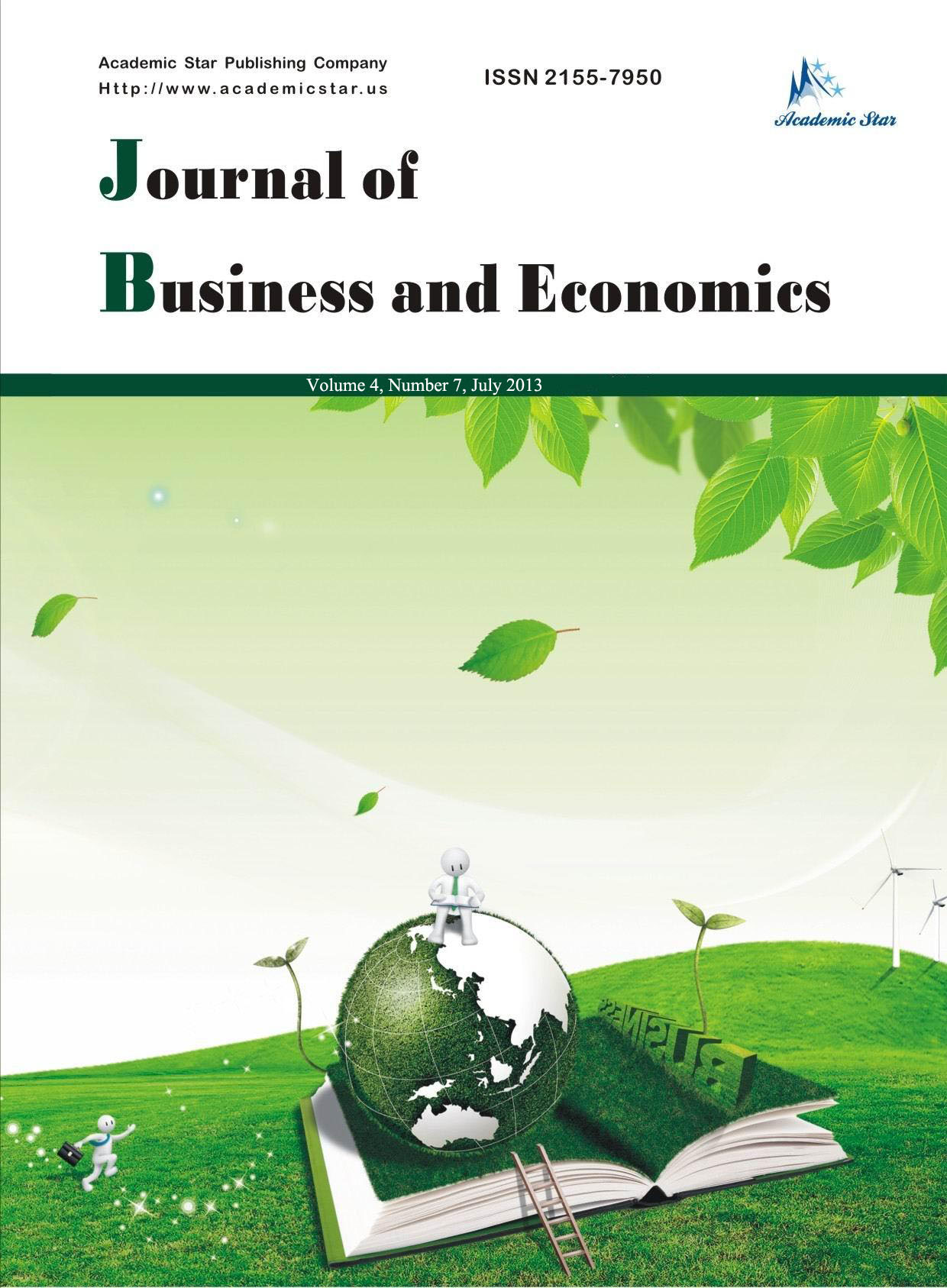
- ISSN: 2155-7950
- Journal of Business and Economics
Contrasting GARCH Daily Variance Predictions Between Foreign Exchange Returns and Carry Trade Strategy Returns
Abstract: GARCH does a better job predicting carry trade strategy returns than the foreign exchange returns. Using two time periods from 1998-2010 and then from 2010-2018 we find the daily variance to have dropped between period 1 and period 2 for both daily foreign exchange spot prices and daily carry trade strategy returns. Comparing daily spot price returns to daily carry trade strategy returns in each time period we find differences in the sample variances.
Daily variance in the foreign exchange market has changed within the last twenty years. As one of the most liquid markets, the FX market has seen significant losses in both spot price returns and carry trade strategy returns. The current market place has historic low levels of volatility. Since the 2008 financial crash asset prices have steadily risen in levels reducing downside risk. In addition, foreign exchange rates have been stable. Given a decade’s worth of slow and steady growth coupled with stabilization has reduced the variance in returns.
Popular predictive volatility model GARCH has a long-run variance component. The inclusion of such a parameter allows for the model to remember past financial crisis or “normal” times. Returns in the carry trade are marked by periods of severe downward risk and losses. The carry trade will often have long-term trends of small positive returns only to give back all of the returns in one downward move.
Key words: carry trade; GARCH; volatility; foreign exchange
JEL code: F






